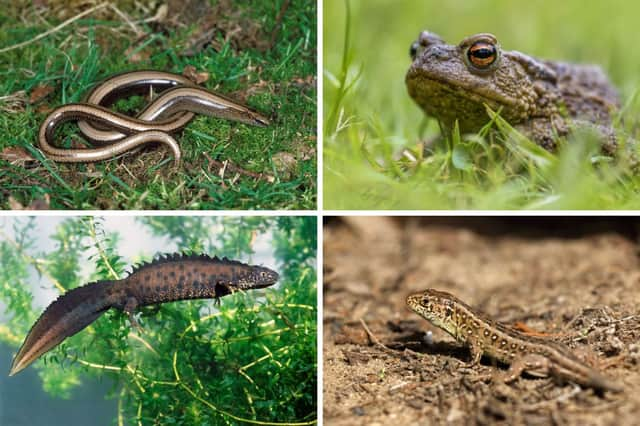Snakes, lizards, frogs, toads and newts - not everybody's idea of fun companions, but fascinating creatures nonetheless.
More associated with tropical climes than Scotlands chillier climate, there are still a fair number of these animals to spot.
From common garden visitors to beasties only found on a single Scottish island, these are the 10 breeds of reptile and amphibian you can find in Scotland.
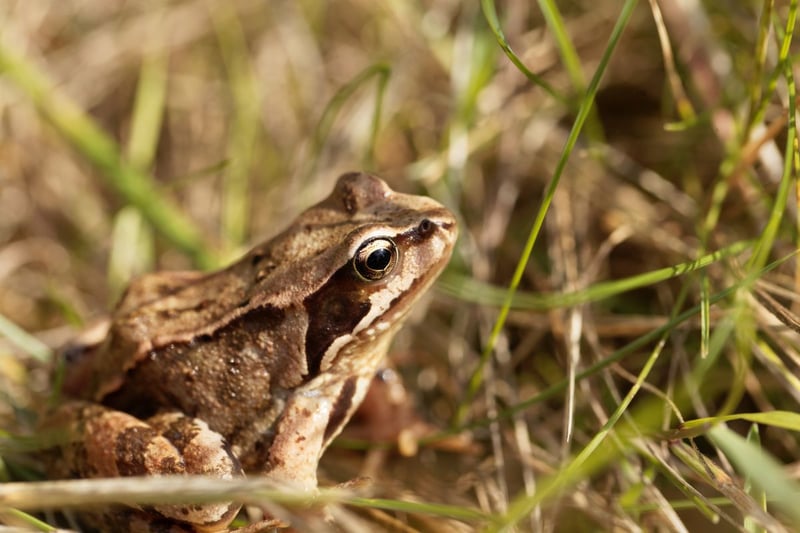
1. Common Frog
As widespread as their name would suggest, the Common Frogs is a familiar sight in garden ponds, rivers and lochs across Scotand, with the exception of a few islands. They actually only come to ponds to breed during the spring and spend the rest of their year on dry land in woodland, grassland and gardens. Look out for their frogspawn in February and March, which hatches out into tadpoles that slowly transform into tiny frogs.
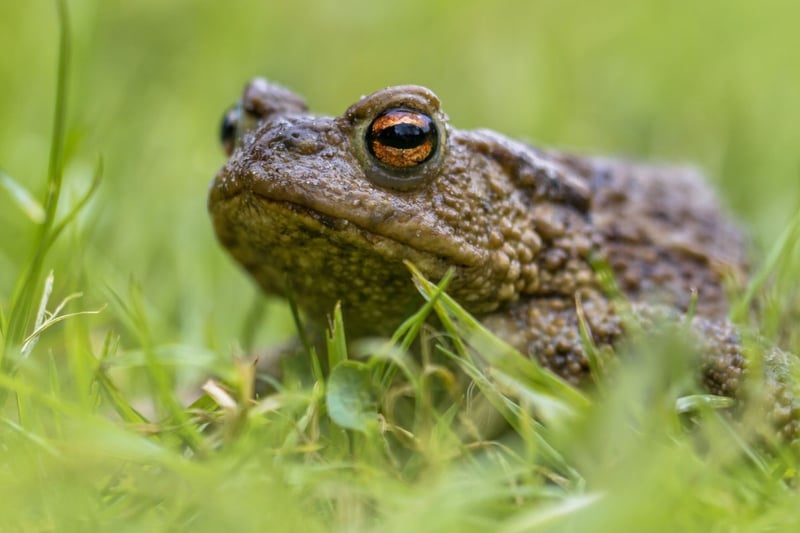
2. Common Toad
Easy to distinguish from the Common Frog due to its warty skin and the fact that it crawls instead of hops, the Common Toad is almost as widespread but its numbers have been dropping steeply in recent years. Similarly to frogs, they breed in ponds in spring and spend the rest of their time on dry land. They lay their eggs, or spawn, in long lines, compared to the clumps laid by frogs.
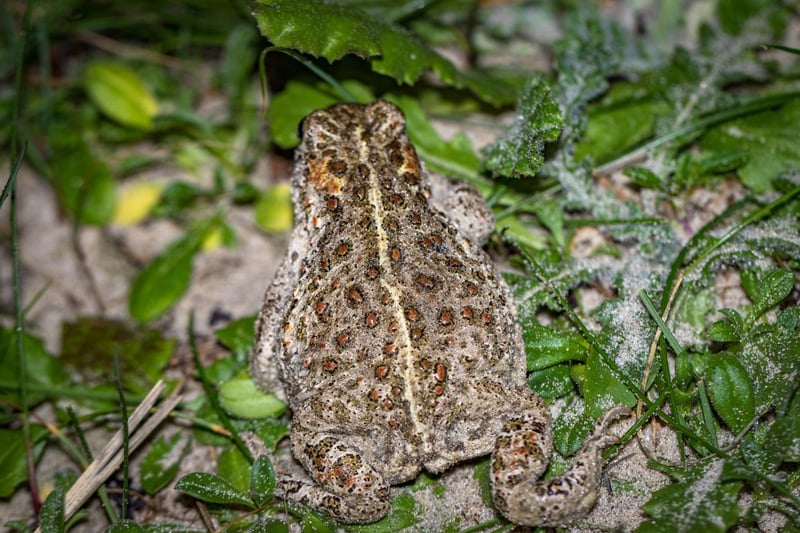
3. Natterjack Toad
You'll be lucky to catch a glimpse of a Natterjack Toad - it's Scotland's rarest amphibian and a protected species across Europe. Only found in a few locations in Dumfriesshire, it's easily distinguished from the Common Toad by the yellow strip that runs down its back and natterjack toads have an obvious yellow strip running down their back and black irises (compared to the Common Toad's amber). They live on sandy heaths and coastal grassland and are the only British amphibian capable of digging their own burrow.
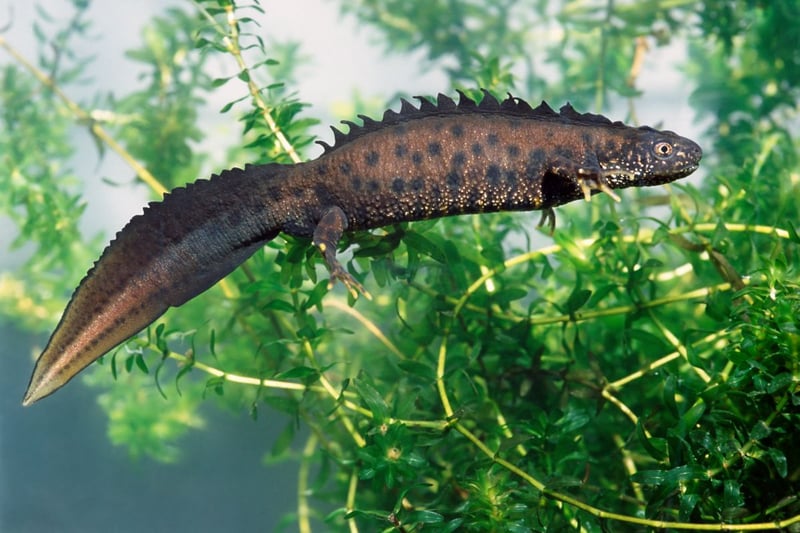
4. Great Crested Newt
The largest of Scotland's three species of newt, the Great Crested Newt reached up to 17cm in length and is easily identifiable by the jagged crest that runs along its back and which gives it its name. Rare across Europe, Scotland is home to a large population of the amphibians, particularly around Inveness, in the south of the country and on former industrial brownfield land in the central belt - where it is often under threat from development. It breeds in water but spends the majority of the year on land, where it hunts by night and sleeps in damp grass or leaves during the day.
